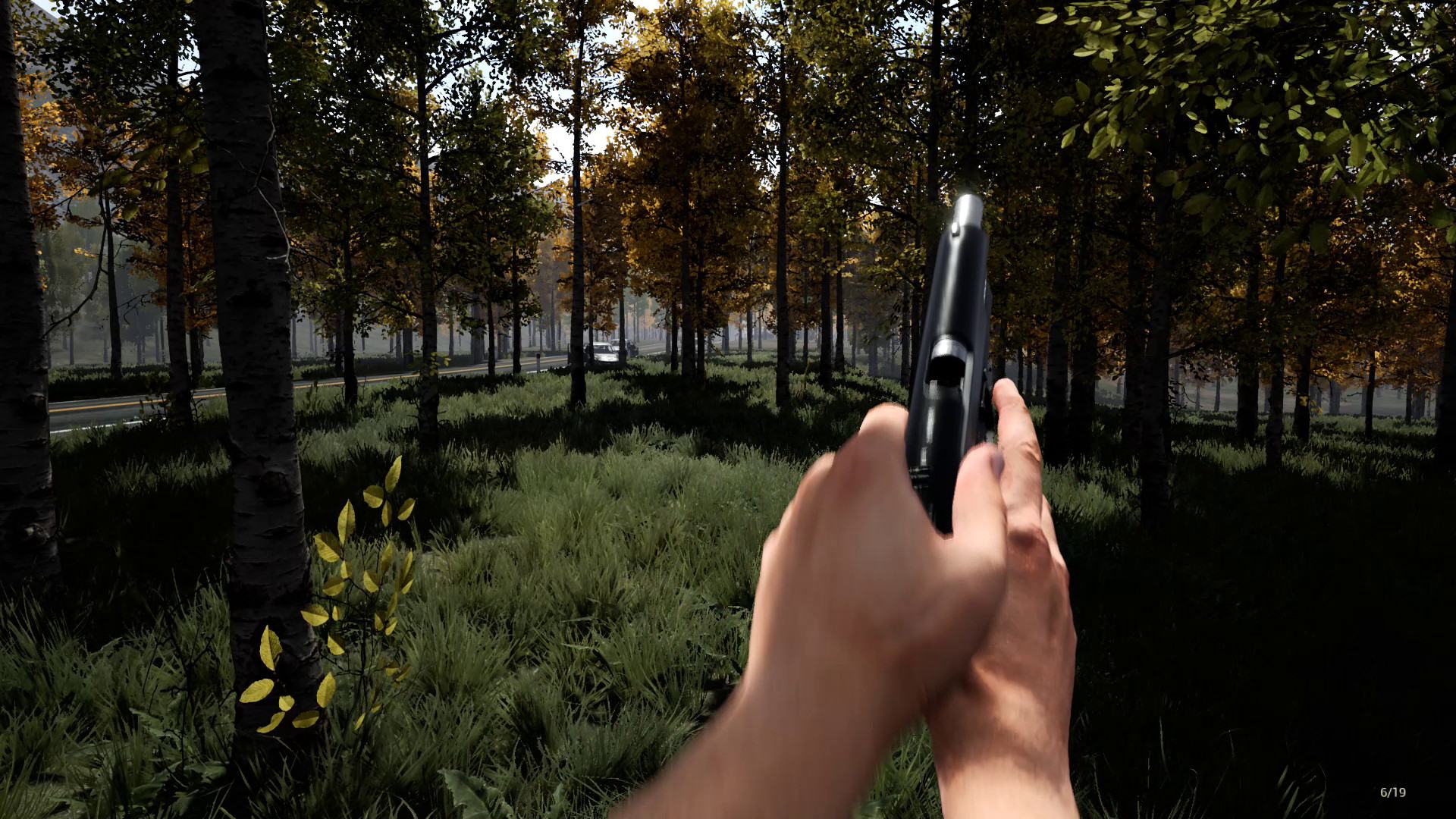
There is a long and rich history of fog foresting despite that, and accurate prediction is still tricky because of the sheer scale of physical and chemical processes involved (Koračin and Dorman 2017). ( 2007) in their work have very vividly reviewed the past fog researches and the direction it is going to take in the future.

So, the prediction of fog involves a vast range of physical processes starting from the microscopic level of aerosol to the synoptic scale. Attributes such as synoptic conditions, climatology of the area, time of the year, thermal characteristic of air, stability of boundary layer, vertical and horizontal wind speed, dew point depression, terrain or topography, characteristics of the condensation nuclei are important when forecasting fog ( ). Fog is formed when air approaches saturation by adding moisture (by evaporation or mixing two air parcels of contrasting temperatures) or by removing heat. Lower visibility range < 1 km is the primary criteria when defining fog (WMO IMD). Owing to this being the only difference between fog and clouds, often, fog is referred to as a stratus cloud just above the ground.

The ultimate visible manifestations of water in the atmosphere are clouds at various altitudes and fog near the surface of both land and water. Water present in the atmosphere is a critical component in determining the Earth’s heat budget, thus being one of the major components responsible for driving climatic phenomena (Hay 2014). Nearly all of the water contained in the atmosphere lies in its lower layer, the troposphere. The atmosphere contains 0.001% of water (Gleick and Schneider 1996). Literature shows that fog is being harnessed to address water insecurity in various countries, however, coastal areas of Angola, Namibia and South Africa, Kenya, Eastern Yemen, Oman, China, India, Sri Lanka, Mexico, along with the mountainous regions of Peru, Chile, and Ecuador, are some of the potential sites that can benefit from the installation of fog water harvesting systems. However, the role of global wind circulations, soil properties, and anthropogenic heat requires further investigations. Most of the researchers have worked upon the role of humidity, temperature, wind, and boundary layer to predict fogs. It is concluded that the complexity in fog forecasting is high due to multiple factors playing a role at multiple levels. Recently India and China are facing an emergence and repetitions of fog haze/smog and thus their policies initiatives are also briefly discussed.

Some recent advanced are also discussed in this review: role of soil properties on fogs, application of microwave communication links in the detection of fog, new class of smog, and how the cognitive abilities of humans are affected by fog. This review is a compilation of the pros and cons of the techniques used to determine the factors influencing fog formation, its classification, tools and techniques available for its detection and forecast. It considers 250 research papers/research letters, 24 review papers, four book chapters/manuals, five news articles, 15 reports, six conference papers and five other online readings. The current review expands for the period between 1976 to 2021, however, especially focused on the research articles published in the last two decades. Hence, the study of its controlling factors such as the characteristics of condensation nuclei, microphysics, air–surface interaction, moisture, heat fluxes and synoptic conditions also become crucial, along with research in the field of prediction and detection.

With the changing climate and environment, the nature of fog has also changed and because of its impact on humans and other systems, study of fog becomes essential.


 0 kommentar(er)
0 kommentar(er)
